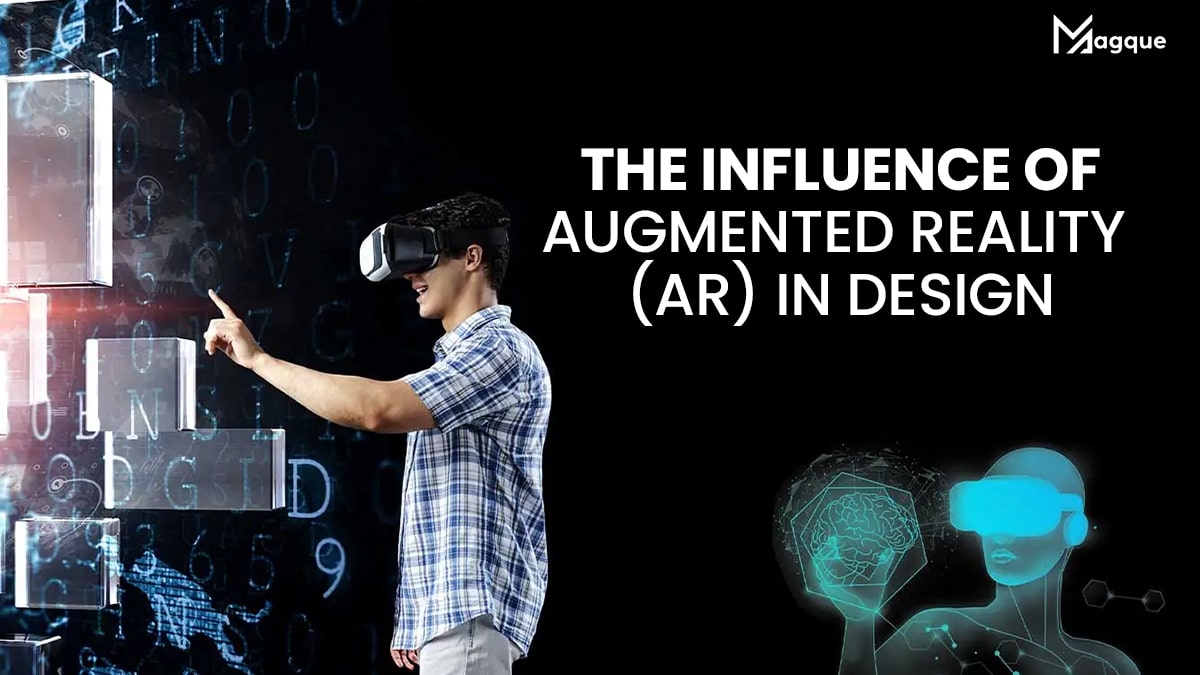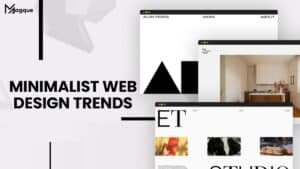Augmented Reality (AR) is not just a buzzword—it’s revolutionizing how we perceive and interact with the world, especially in design. Imagine donning a headset and watching your living room transform into a designer’s playground, where furniture, wall colors, and lighting adjust with a mere gesture or voice command. Isn’t that something straight out of a sci-fi movie?
Why AR is a Game-Changer in Design
AR dynamically shifts how designers conceptualize and execute their ideas. Gone are the days of flat sketches and imagination leaps. Now, clients can see and “feel” their choices in real-time, embedded in their actual space. This not only boosts client confidence but also enhances the designer’s ability to deliver accurately against expectations.
Practical Applications of AR in Design
From interior design to urban planning, AR is making waves. For instance, architects can project full-scale models onto an empty site to explore how different designs alter the landscape. Fashion designers, too, are using AR to allow customers to try on clothes virtually, mixing and matching styles without stepping into a store. Isn’t it amazing how a digital overlay can offer such a rich, interactive experience?
The Future is Bright with AR
The potential for AR in design is boundless. As technology advances, the precision and interactivity of AR applications will only grow, leading to more intuitive design processes. Imagine a world where AR tools are as standard as pencils and paper in a designer’s toolkit. We’re heading there, and it’s going to be spectacular!
Bringing It All Home
At Magque, we’re just as excited about AR’s possibilities as you are. We believe that augmented Reality is shaping the future of design and setting the stage for a more immersive, intuitive, and interactive design experience. Are you ready to step into this new era with us? Let’s explore the magical world of AR in design, transforming the abstract into the tangible, one augmented layer at a time.
FAQs
Q1. What is Augmented Reality (AR) in design?
Augmented Reality in design refers to integrating digital visual elements, sound, or other sensory stimuli into a real-world environment to enhance the design and visualization process. It allows designers to create interactive models and simulations that can be manipulated in real-time.
Q2.How does AR benefit the design industry?
AR provides numerous benefits to the design industry, including improved visualization, enhanced collaboration, and increased efficiency. Designers can present more realistic prototypes, make quicker adjustments, and better communicate their ideas to clients and team members.
Q3. Can AR be used in interior design?
Absolutely! AR is widely used in interior design to help designers and clients visualize furniture arrangements, color schemes, and room layouts directly within the physical space. This technology allows for immediate visual feedback and simplifies decision-making processes.
Q4. What tools are needed to use AR in design?
To use AR in design, professionals typically need AR software applications, a compatible device such as a smartphone, tablet, or AR glasses, and sometimes specific sensors or cameras, depending on the complexity of the application. These tools help create and view augmented reality experiences.
Q5. Is AR in design accessible to small businesses or individual designers?
Yes, AR technology has become more accessible over the years. Many AR apps and tools are now available at various price points, making it feasible for small businesses and individual designers to utilize AR in their projects. This accessibility is helping democratize advanced design technologies.
Read Also This – Augmented Reality Toys: Merging the Physical and Digital Worlds













